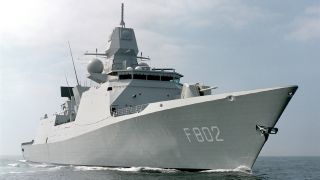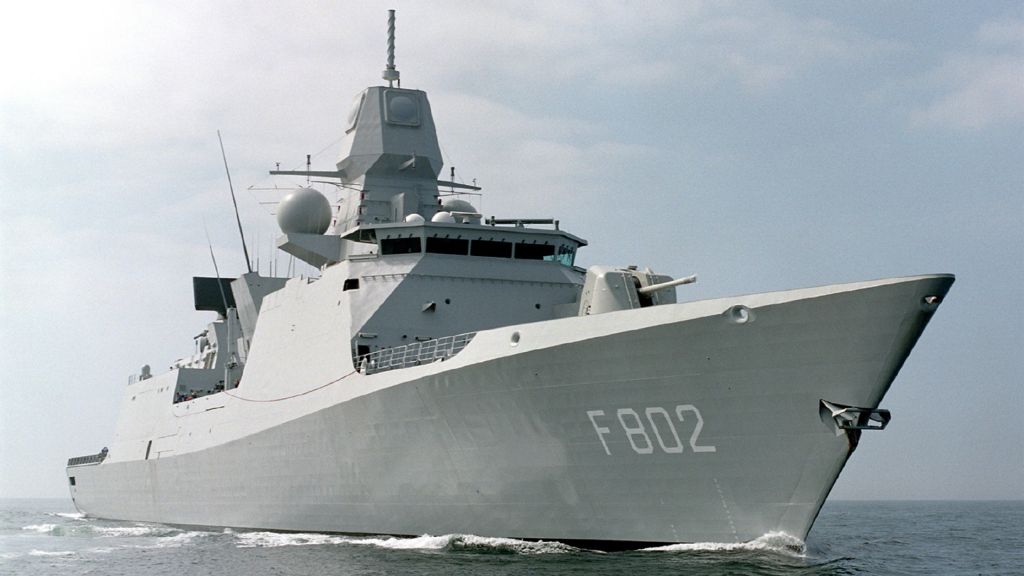Technologies
Link 22 - Ready for operational use
Link 22, also known as NATO Improved Link Eleven (NILE), is a communications standard for tactical data links. The new standard is planned to replace the widely used Link 11 in the medium term and will be employed concurrently with Link 16.
Tactical data links are particularly important as far as digital naval communications are concerned. NATO and allied navies use the Link 11 protocol, which allows the exchange of radar track information and written messages between ships, shore installations and aircraft. Link 11 uses HF (High Frequency) and UHF (Ultra High Frequency) communications. The use of both HF and UHF for Link 22 is to enable traffic to travel across line-of-sight and over-the-horizon ranges. Up to 61 participants can be hosted on a Link 11 network at any one time. Link 11 is now being superseded by Link 22, boasting noticeable increases in capability, e.g. up to 125 participants can be hosted and it can achieve data rates of 4kbps when using an HF network, increased to 12kbps when using a UHF network. While Link 11 is expected to remain the chief naval tactical data links for another ten years, it will be progressively replaced by Link 22 from about 2024.
Link 22 is another important element in the exchange of information in network-centric warfare. Tactical data links are mainly used to exchange sensor-to-shooter information and situational awareness information (with its focus on command and control support).
NATO’s goal is to establish a tactical data link that allows the exchange of information among different military platforms such as ships, submarines, aircraft and shore-based stations. This exchange should be immediate and remain possible even in tense situations and hostile environments. Existing standards (e.g. STANAG 4205 for fixed-frequency operation and STANAG 4273 for EPM operation) are to be adapted to enable the continued use of radios deployed in previous Link 11 systems.
Link 22 was developed by seven NATO countries (Canada, France, Germany, Italy, Spain, UK and USA) on the basis of a memorandum of understanding (MoU). Deliveries to countries not belonging to the seven NILE nations will be governed by agreements with the NILE program management (NILE PMO). Link 22 is intended to be used primarily by naval forces and is being progressively rolled out across navies.
Outstanding features of the new standard include optimized information processing, a higher data rate, a transmission technique less susceptible to interference, and a flexible network topology. Employing dynamic time division multiple access (TDMA) mechanisms, Link 22 can also adapt quickly to changing communications structures during missions. Up to four radio networks can be combined for operational use. Crypto mechanisms and the use of radios with frequency-hopping capability (HF and/or UHF) ensure secure communications.








